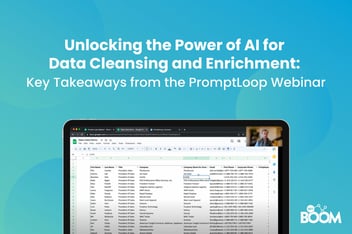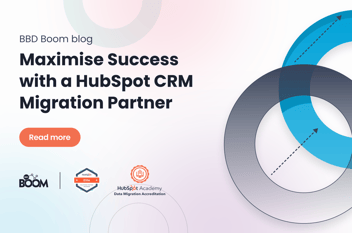In today's digital age, businesses thrive on the power of data. The ability to efficiently cleanse and maintain your data in HubSpot CRM is crucial for maximising performance and ensuring the long-term value of your CRM. In this blog post, we will explore essential strategies for achieving data cleansing success and provide you with a FREE checklist to assist you in this process.
Why Data Cleansing is Essential for Business Success
Data cleansing is a critical step in maintaining the accuracy and reliability of your HubSpot CRM. By removing duplicate, outdated, and inaccurate data, you can ensure that your CRM is a valuable asset for your business. Clean data allows you to make informed decisions, personalise your marketing efforts, and improve overall customer satisfaction.
When your CRM is cluttered with duplicate records, it becomes difficult to determine which information is correct. This can lead to wasted time and resources, as well as confusion among your team. Additionally, outdated information can hinder your ability to effectively engage with your customers, as their preferences and contact details may have changed.
By regularly cleansing your data in HubSpot, you can maintain a clean and reliable database that serves as a foundation for successful marketing and sales strategies. It allows you to better understand your customers, target your communications, and optimise your campaigns for maximum impact.
Watch our exclusive webinar "How to Achieve CRM Clarity with HubSpot: A Data Cleansing Masterclass" to gain valuable insights and practical advice on utilising HubSpot's powerful tools to support your data cleansing efforts. In this masterclass, BBD Boom and HubSpot experts will guide you through step-by-step processes and best practices for achieving CRM clarity:
Navigating the Path to Cleaner Data: A Three-Phase Approach
The process of migrating data, particularly to a robust CRM system like HubSpot, requires careful consideration and planning. Through our three-phase approach organisations can ensure the integrity and utility of their data. Clean data is not just about the end state; it's about the journey. The transition to HubSpot is an ideal time to establish a culture of data quality that permeates every aspect of your organisation. By adopting a phased approach businesses can ensure that their data works for them and not against them, enabling better decisions, smarter strategies, and ultimately, a more successful business.
Phase 1: Before Migration
Considerations: Migrating to HubSpot is not merely a process of data transfer; it's an opportunity to cleanse your data ecosystem. Before migration, it's critical to address multiple sources of data, legacy system issues, and preparation of the data for import. Confronting data format issues and inconsistencies can prevent a multitude of problems down the road.
Benefits: Taking these steps prevents messy data from entering HubSpot. A proactive approach here saves countless hours of troubleshooting and ensures that your team can hit the ground running with accurate, actionable data from day one.
Phase 2: After Migration
Considerations: Post-migration, the focus shifts to reviewing the migrated data within HubSpot. It's crucial to verify data accuracy, completeness, and consistency. This phase involves the deduplication of records and the rectification of issues like invalid emails, hard bounces, and unsubscriptions.
Benefits: By standardising processes and leveraging HubSpot tools post-migration, businesses can maintain the integrity of their data. These efforts lead to improved campaign targeting, personalisation, and customer relationship management.
Phase 3: The Hybrid Approach
Considerations: A hybrid approach combines pre- and post-migration strategies to manage data cleanliness. It acknowledges that while some aspects of data cleaning are easier to handle before migration, others come into clearer focus afterward. This approach ensures a high level of data quality and reliability, considering both the volume of data and the practicality of cleaning efforts.
Benefits: The flexibility of the hybrid approach can save time and resources, allowing for ongoing maintenance and ensuring that data quality does not degrade over time. It's an approach that balances foresight with adaptability, offering the best of both worlds.
Implementing Best Practices for Data Cleansing in HubSpot CRM
1. Identifying and Eliminating Duplicate Data
Duplicate data can have a significant impact on the accuracy and reliability of your data. It can lead to confusion, errors, and wasted resources. To effectively identify and eliminate duplicate data, you can utilise the data cleansing tools and techniques in HubSpot.
Start by conducting a thorough analysis of your data to identify any duplicate entries. This can be done by comparing key fields such as names, email addresses, or unique identifiers. Once duplicates are identified, you can choose to merge or delete the duplicate entries, depending on your business needs.
Regularly monitoring and maintaining your data is crucial to prevent the accumulation of duplicate data. By implementing data validation rules and establishing data entry standards, you can minimise the occurrence of duplicate entries and ensure the accuracy of your data.
2. Standardising Data Entry and Formatting
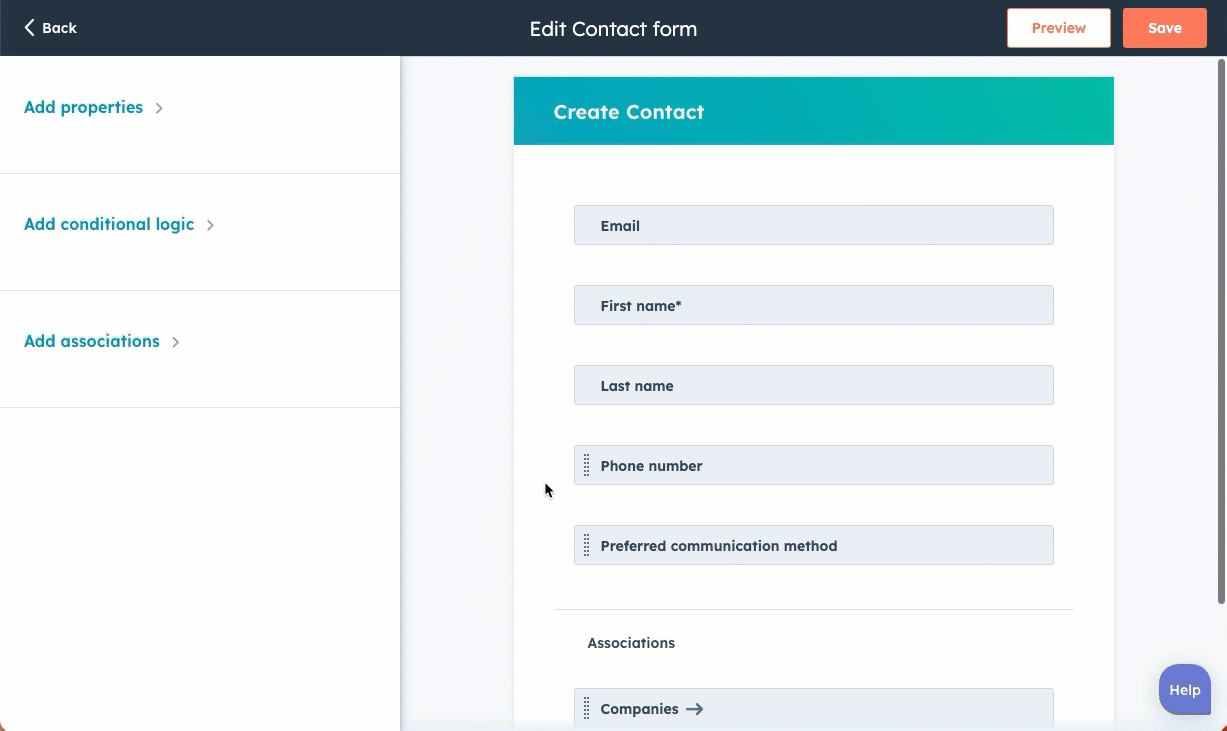
Standardising data entry and formatting is an essential practice for data cleansing. Consistent data entry and formatting ensure that your data is uniform, organised, and easily searchable. It also improves data accuracy and reduces the chances of errors.
To standardise data entry, establish clear guidelines and rules for data input. This includes specifying the required format for fields such as names, addresses, and phone numbers. Implementing validation checks during data entry can help enforce these rules and prevent inconsistent or incorrect data from being entered.
Formatting plays a crucial role in data cleansing as well. Consistent formatting makes it easier to analyse and manipulate data. This includes standardising date formats, using consistent units of measurement, and ensuring consistent capitalisation and punctuation. By standardising data entry and formatting, you can improve data quality and facilitate more accurate analysis and reporting.
3. Validating and Verifying Data Accuracy
Validating and verifying data accuracy is an integral part of the data cleansing process. It ensures that the information in your database is correct, complete, and reliable. Data validation involves checking data against predefined rules or criteria to identify any errors or inconsistencies.
Implementing data validation rules in HubSpot can help prevent inaccurate or incomplete data from being entered into your system. This can include checks for valid email addresses, phone numbers, or other specific data formats. By validating data during entry, you can ensure the accuracy and integrity of your data from the start.
Data verification involves cross-referencing data with external sources or conducting manual checks to confirm its accuracy. This can include verifying contact information, addresses, or other important data points. By regularly verifying your data, you can identify and correct any inaccuracies or discrepancies, ensuring that your data remains reliable and up-to-date.
4. Eliminating Low-Quality Data
To achieve a truly clean and reliable database, it's important to remove not only duplicate records but also other types of low-quality data. This includes hard bounces, SPAM, contacts from free email domains like Gmail or Hotmail, and in some cases unsubscribers, and unengaged contacts. By eliminating these types of data, you can ensure that your CRM is filled with high-quality and engaged contacts.
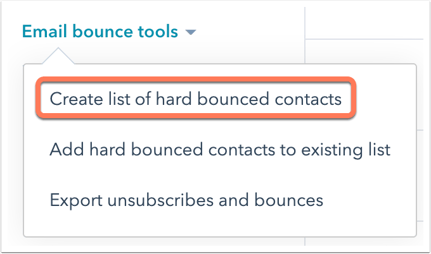 Removing hard bounces is crucial to maintaining data accuracy. Hard bounces occur when an email is undeliverable due to a permanent error, such as an invalid email address. By identifying and removing these contacts from your CRM, you can ensure that your email campaigns reach only valid and active email addresses, improving your deliverability rates and email marketing effectiveness.
Removing hard bounces is crucial to maintaining data accuracy. Hard bounces occur when an email is undeliverable due to a permanent error, such as an invalid email address. By identifying and removing these contacts from your CRM, you can ensure that your email campaigns reach only valid and active email addresses, improving your deliverability rates and email marketing effectiveness.
In addition, it's important to remove contacts from free email domains like Gmail or Hotmail. While not all contacts from these domains are low-quality, removing them can help improve the overall quality of your database. Free email domains are often associated with personal or temporary email addresses, which may not be ideal for effective marketing and communication. By focusing on contacts with professional or business email addresses, you can increase the chances of engaging with decision-makers and key stakeholders.
Finally, it is crucial to identify and address unsubscribers and contacts who have shown little or no interest in your marketing campaigns. These individuals may have opted out of receiving communications or have had minimal engagement with your content. As a business, it is essential to establish a standard protocol for dealing with these contacts. In some cases, you may choose to launch reengagement campaigns in an effort to reconnect with some of these contacts. Afterward, you can make an informed decision about whether to remove the remaining contacts from your database. It is important to note that unsubscribers may still have value as current or potential customers, so it is advisable to monitor their status rather than immediately deleting them from your list.
5. Automating Data Cleansing Processes
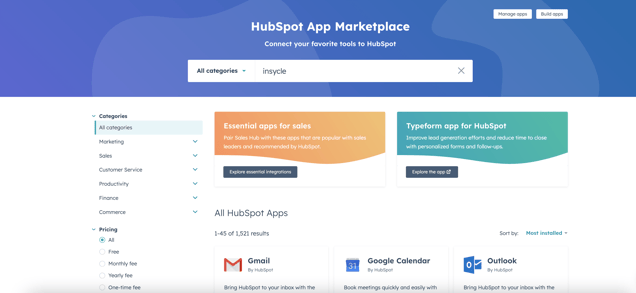 Automating data cleansing processes can significantly improve efficiency and accuracy. There are various data cleansing tools available that can help automate tasks such as duplicate detection, data validation, and data standardisation. These tools can save time and effort by automatically identifying and correcting errors, eliminating duplicate entries, and ensuring data accuracy.
Automating data cleansing processes can significantly improve efficiency and accuracy. There are various data cleansing tools available that can help automate tasks such as duplicate detection, data validation, and data standardisation. These tools can save time and effort by automatically identifying and correcting errors, eliminating duplicate entries, and ensuring data accuracy.
By leveraging data cleansing integrations from HubSpot's marketplace such as Insycle, you can streamline the process and reduce the risk of human error. Incycle helps with bulk deduplication of contacts, companies and deals, data standardisation and formatting, managing data in HubSpot custom objects, finding and fixing poor data, solving CRM syncing issues and so much more.
Additionally, implementing automated workflows and triggers in your HubSpot CRM, can help maintain data integrity and cleanliness. By setting up automated processes for data entry, validation, and cleansing, you can ensure that your data is consistently accurate and up-to-date without manual intervention.
Transform Your Data with a FREE Data Cleansing Checklist
BBD Boom's Data Cleansing Checklist is your essential tool for turning your data from a liability to your most valuable asset. It serves as a reliable ally, always at hand, helping you conduct thorough data audits and introducing you to the best practices for data management. Whether you're conducting routine checks or undertaking a comprehensive data cleanup, this checklist ensures that every step you take is aligned with industry-leading standards, and your data remains a powerful driver of your business success.
Download our FREE Data Cleansing Checklist now and take the first step towards transforming your data into a valuable asset for your business. Get your copy here:
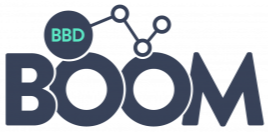
.png)
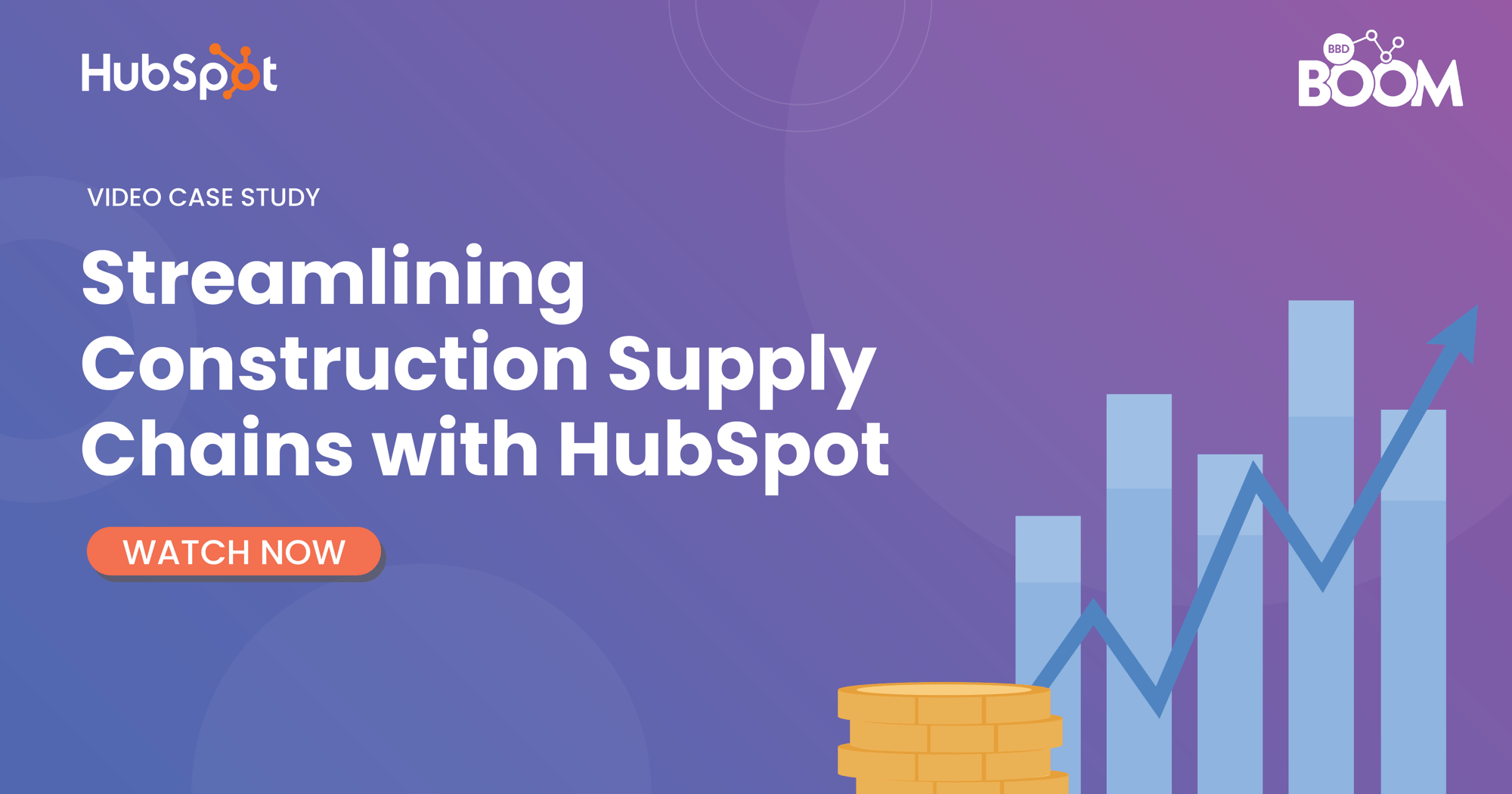
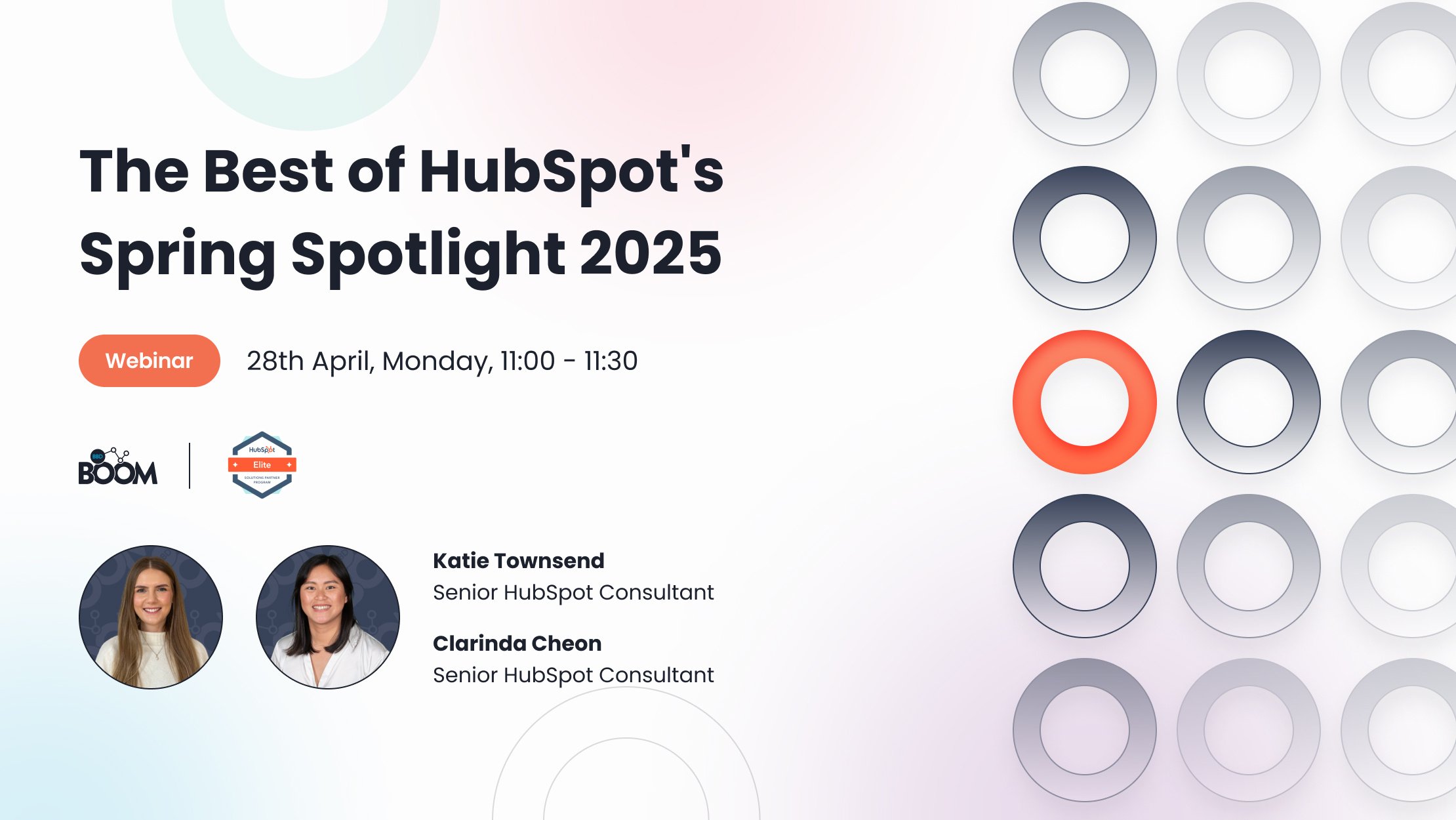


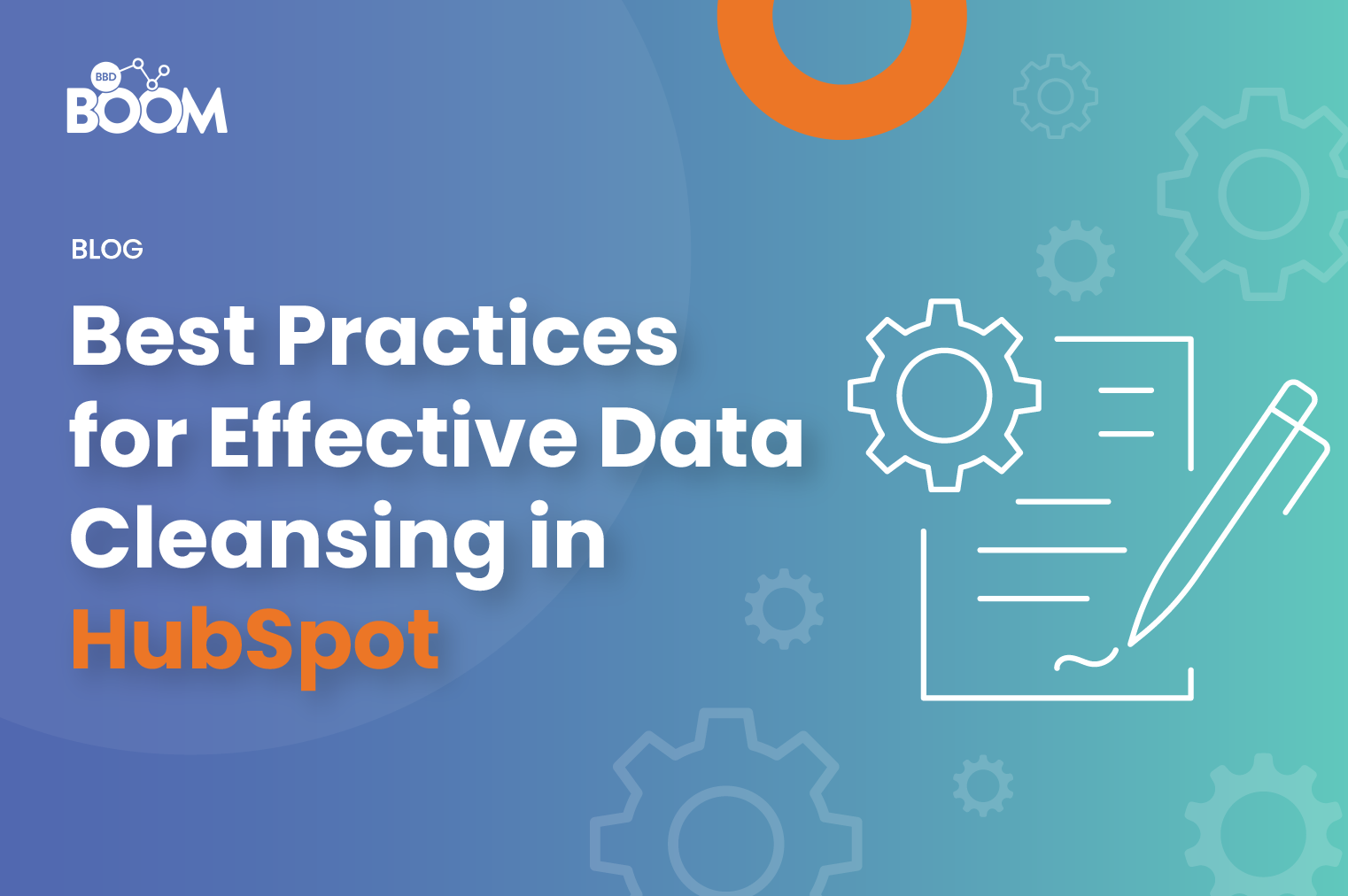
.png?width=2085&height=626&name=Landing%20Page%20Banner%20(Webinar).png)
.png?width=2085&height=626&name=Landing%20Page%20Banner%20(Resource).png)

